Game On!
Plane and Pilot
MARCH 25, 2025
Keeping with the American theme, Wichita, Kansas-produced Garmin G3X Touch instrument packages come standard for the front and rear cockpits. As I climbed into the aft pilots seat, I was immediately impressed by the minimalistic, clean cockpit and the fit. Before I knew it we had already hit 120 knots.







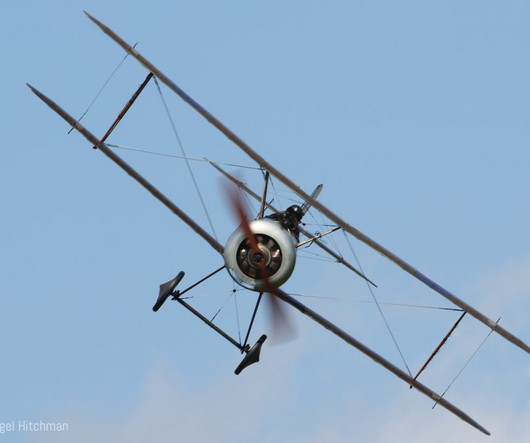


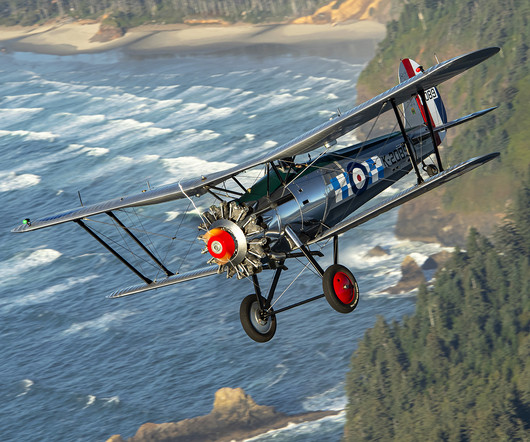

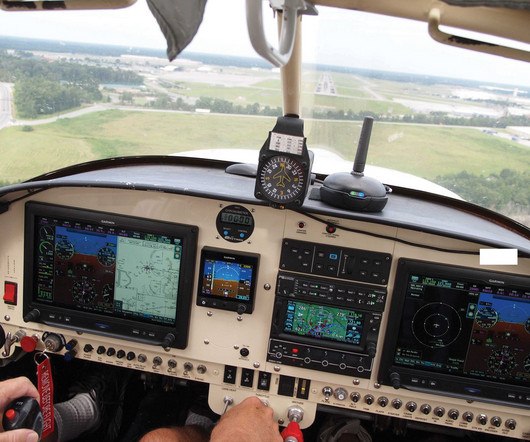

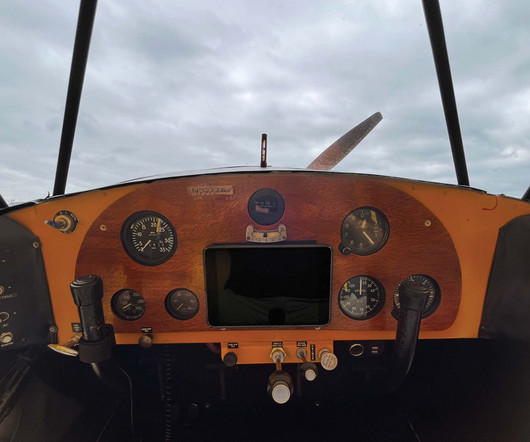

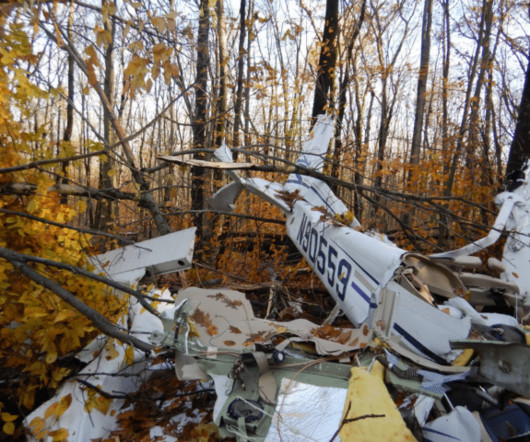


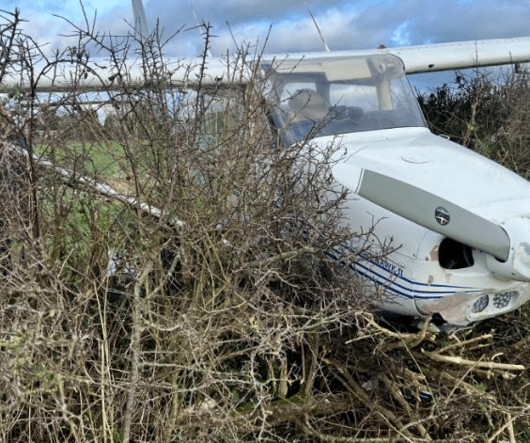

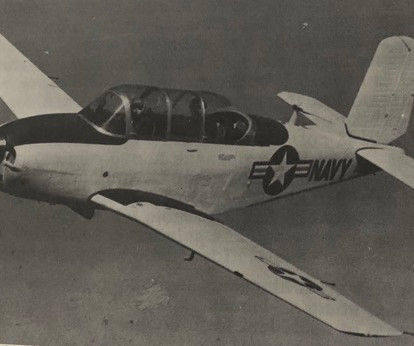








Let's personalize your content